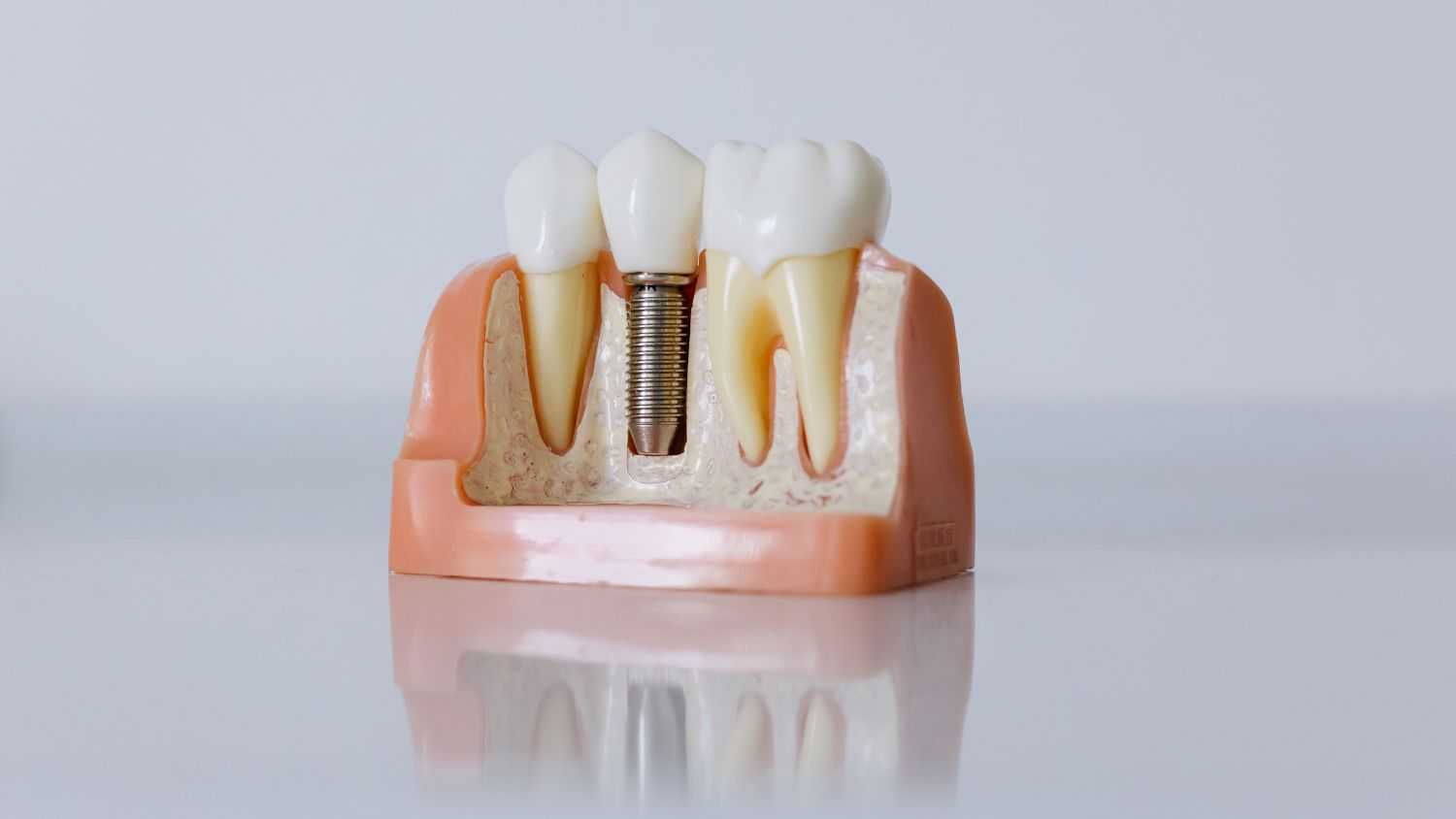
Dental Implants And Treatment Outcome Predictions: Prognostic Factors

Dental implants have become a widely accepted and reliable solution for missing teeth. However, predicting the success of a dental implant treatment depends on several prognostic factors. Understanding these factors is key to ensuring that patients receive the best possible care and experience long-term success with their implants.
In this blog, we will explore the main prognostic factors that influence treatment outcomes for dental implants and how dental professionals and patients can work together to maximize their chances of success.
1. Patient’s Oral and Overall Health
A patient’s general health plays a significant role in the success of dental implants. While implants are highly effective, certain health conditions and habits can affect the implants' healing process and long-term stability.
- Gum Health: Healthy gums are critical for implant success. Gum disease, or periodontitis, can lead to infection around the implant site and increase the risk of implant failure.
- Bone Density: Adequate jawbone density is required for the implant to properly integrate with the bone, a process known as osseointegration. Patients with insufficient bone may need bone grafting to support the implant.
- Chronic Conditions: Conditions like diabetes, autoimmune diseases, and osteoporosis can impair healing and increase the risk of complications. Managing these conditions before the implant procedure is essential for a positive outcome.
- Smoking: Smoking significantly reduces the chances of implant success. It restricts blood flow to the gums, impairs healing, and increases the risk of infections around the implant.
2. Bone Quality and Quantity
The quality and quantity of bone at the implant site are critical for ensuring long-term stability. The surrounding bone can deteriorate when a tooth is lost, affecting the available bone for implant placement.
- Bone Grafting: A bone graft may be necessary for patients with insufficient bone volume before the implant procedure. This ensures the implant has enough support to remain stable over time.
- Jaw Location: Implants placed in different jaw areas may experience varying success rates. For instance, the upper jaw (maxilla) bone is generally softer than the lower jaw (mandible), which may affect how well the implant integrates.
- Bone Density: High-density bone offers more stability for implants, while low-density bone may require additional considerations, such as different implant designs or materials.
3. Surgical Technique and Expertise
The skill and experience of the dental surgeon are important factors that influence the outcome of dental implant treatment.
- Precise Placement: Proper implant placement is essential for ensuring the implant integrates with the bone and does not damage surrounding structures, such as nerves or adjacent teeth. Modern tools like 3D imaging and guided implant surgery help improve precision and accuracy.
- Minimally Invasive Techniques: Using minimally invasive surgical techniques can reduce trauma to the surrounding tissues, improve healing time, and lower the risk of post-operative complications.
- Proper Implant Selection: Choosing the correct type of implant, whether based on size, shape, or material, ensures that the implant is best suited to the patient’s unique needs.
4. Osseointegration Process
Osseointegration is when the dental implant fuses with the jawbone, creating a stable and permanent foundation for the artificial tooth. The success of this process is one of the most important factors determining the implant's long-term success.
- Healing Time: Osseointegration typically takes several months. During this time, it is essential to avoid excessive pressure on the implant, which could disrupt the process.
- Patient Compliance: Patients must follow their dentist’s post-operative care instructions to allow the implant to heal properly. This includes maintaining excellent oral hygiene and attending follow-up appointments.
- Biocompatibility of the Implant: The implant material plays a significant role in osseointegration. Titanium implants are widely used because of their high biocompatibility, which promotes better bonding with the bone.
5. Patient Compliance and Maintenance
After the implant procedure, long-term success depends heavily on the patient’s ability to maintain oral hygiene and attend regular dental check-ups.
- Oral Hygiene: Patients must commit to maintaining excellent oral hygiene to prevent infections and gum disease. Brushing, flossing, and using antimicrobial mouthwash can help keep the implant site clean and free from harmful bacteria.
- Regular Dental Visits: Routine dental check-ups are crucial for monitoring the implant's and surrounding tissues' health. During these visits, the dentist can identify any early signs of potential complications, such as peri-implantitis (infection around the implant), and take corrective measures.
- Dietary Considerations: Patients should avoid hard or crunchy foods that could stress the implant in the early healing stages. Over time, following a balanced diet and avoiding excessive forces on the implant (such as grinding teeth) will contribute to long-term stability.
6. Implant Design and Material
The design and material of the implant itself can influence the outcome of the treatment.
- Implant Surface: The implant's surface texture affects how well it integrates with the bone. Rougher surfaces can promote better bone growth and improve the implant's stability.
- Implant Shape: Cylindrical or tapered implant designs are commonly used, with each offering different benefits. Tapered implants, for example, may be better suited for areas with limited bone density, while cylindrical implants can provide more surface area for osseointegration.
- Implant Material: Most dental implants are made of titanium due to its biocompatibility and strength. However, zirconia implants are also available for patients who prefer a metal-free option.
7. Bite Force and Occlusion
The way the upper and lower teeth come together (occlusion) is critical in implant success. Improper alignment can put excessive force on the implant, leading to complications.
- Occlusal Adjustments: If the bite is uneven or excessive pressure is applied to the implant, it can result in mechanical complications, such as loosening or fracture. Occlusal adjustments may be necessary to ensure the forces are evenly distributed across the teeth.
- Teeth Grinding (Bruxism): Patients who grind or clench their teeth (a condition known as bruxism) may be at a higher risk of implant failure. Wearing a night guard can help protect the implant from undue stress.
Conclusion
The success of dental implants relies on various prognostic factors, ranging from the patient’s health and bone quality to the surgical technique and post-operative care. By carefully assessing these factors before treatment, dental professionals can create tailored treatment plans that maximize the chances of a successful outcome.
Patients play an essential role in the success of their implants by following their dentist’s instructions, maintaining good oral hygiene, and attending regular follow-up appointments. Together, a proactive approach from both the dental team and the patient ensures that dental implants remain a durable and effective solution for missing teeth.
If you live in Navi Mumbai, you are searching for Implantologist in Navi Mumbai. It would be best if you considered Ivory Dental Clinic. Call us to Book an Appointment: +91-9029068111.
Author Bio
Article Comments
No Comments!
At present there are zero comments on this article.
Why not be the first to make a comment?
Similar Articles
Search Pages
User Upgrade
account to full use of editor,
Including hyperlinks
Article Categories
There are zero sub-categories in this parent category.
There are zero sub-categories in this parent category.

















